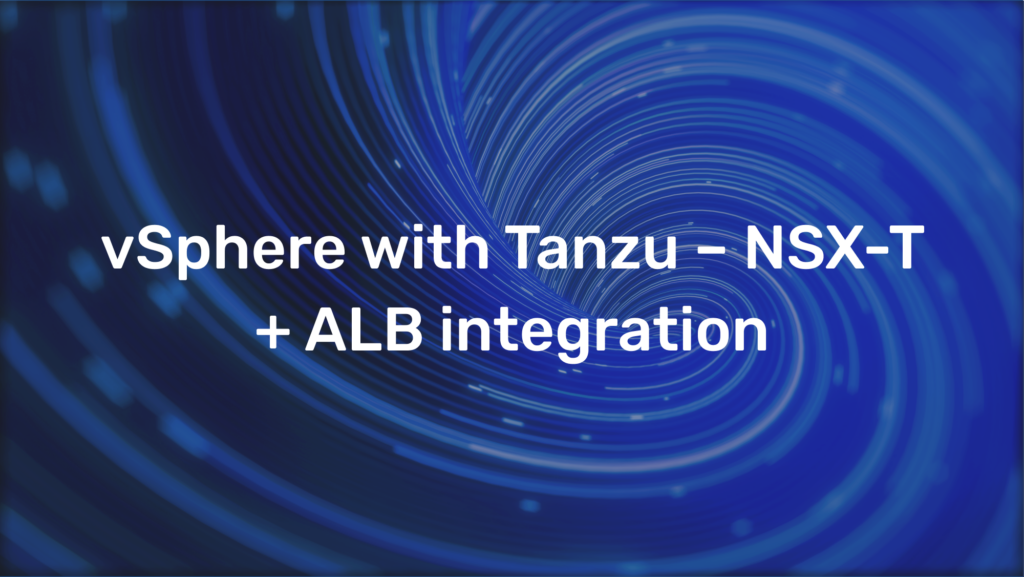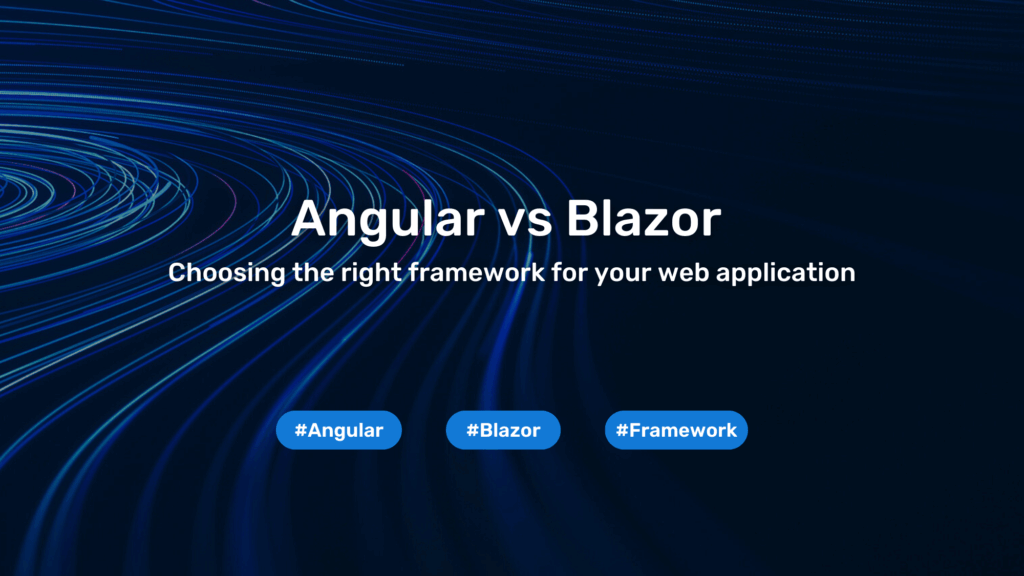VMware AVI Load Balancer Licensing – Simply explained

You plan to implement VMware AVI Load Balancer (AVI) as a new LoadBalancing or WAF solution, but you have problems to understand how the licensing is done and what the expected costs are?
This blog article will give you an overview to build a general understanding of how the licensing for AVI works.
First things first: What are the different types of licenses?
The following table provides an overview of the available license types and the number of service units required for correct licensing.
Previous License Types and Corresponding Service Units
The column ‘License prior to VMware AVI Load Balancer 20.1.1’ displays previous license types that are no longer valid and must be replaced by the required number of Service Units as stated in the ‘Corresponding Service Unit License’ column.
| License prior to VMware AVI Load Balancer 20.1.1 | Corresponding Service Unit License | Description |
| Socket | 5 | → Counts the total number of sockets on which service engines are running → Applicable towards bare-metal deployments where the AVI SE is running on the entire physical server → For 16 cores, dual-socket, bare-metal server (16 cores on each socket), the following is applicable: For each socket, five licenses are required, as up to 20 cores, five Service Unit licenses are required for one socket → After the limit of 20 cores per socket, one Service Unit license for every four additional cores is required |
| Core/vCPU | 1 | → Counts the total number of vCPUs across all Service Engines → Applicable primarily to virtualized environments → Also supported on bare-metal and container environments |
| 25 Mbps Bandwidth | 0.4 | → Counts the total number of Service Engines of a specified Bandwidth → Available in 25-Mbps and 200-Mbps options → 25-Mbps and 200-Mbps options are applicable in any environment |
| 200 Mbps Bandwidth | 0.7 | → Counts the total number of Service Engines of a specified Bandwidth → Available in 25-Mbps and 200-Mbps options → 25-Mbps and 200-Mbps options are applicable in any environment |
Service Units: Why They Are So Beneficial
As already described, the previous table is mapping the license types to the amount of Service Units required to license AVI in a valid way.
Licensing based on Service Units as an abstract value adds the flexibility to switch between different license types without converting the licenses from core to CPU or any other type of license.
A limitation of the Service Units is that you must always purchase an even number of Service Units. If you require 2.5 Service Units, you will need to purchase 3 Service Units.
Reduce the number of service units required with App-SE Mode
The “Per-App SE mode” can be used to reduce the amount of required service units for each vCPU assigned for the running Service Engines.
Normally, one Service Unit is counted for each assigned vCPU of the running Service Engines. However, if the “Per-App SE mode” is enabled, one vCPU counts as 25% for licensing usage.
The “Per-App SE mode” will reduce the allowed count of Virtual Services per Service Engine and can be configured per Service Engine Group. The limit of Virtual Services per Service Engine is two.
A Service Engine Group is a group of Service Engines which are based on the same HA-Mode and configuration.
Keep in mind: The “Per-App SE mode” is not supported, if licensing based on bandwidth is implemented. For SNI or EVH shared virtual services, Per-App is limited to only one parent and one child virtual service. Further, the “Per-App SE mode” cannot be used to host DNS Virtual Services (both standalone DNS and GSLB).
6 specific examples of how many service units are needed for licensing
This section provides detailed scenarios to illustrate the number of licenses required in various use cases.
Please note: All these examples apply to both greenfield and brownfield deployments, as all current licenses are based on Service Units.
Example 1 – Licensing based on SE Core (vCPU)
This example is based on the following assumption:
- LB Services should be used with Active/Standby HA-Mode
- Each SE does have 2 vCPUs
- No Bandwidth restriction is configured
- “Per-App SE mode” is disabled
In this situation, you need to buy four Service Units, since it is required to license the vCPUs of all running Service Engines and one vCPU requires one Service Unit. Therefore, it is important to mention that the Standby Service Engines does also count and needs to be licensed.
Example 2 – Licensing based on SE Core (vCPU) with “Per-App SE mode” enabled
This example is based on the following assumption:
- LB Services should be used with Active/Standby HA-Mode
- Each SE does have 2 vCPUs
- No Bandwidth restriction is configured
- “Per-App SE mode” is enabled
In this situation you need to buy one Service Units, since you have four vCPUs in total, but it will count at 25% for licensing usage.
Example 3 – Licensing based on bandwidth
This example is based on the following assumption:
- LB Services should be used with Active/Standby HA-Mode
- Each SE does have 1 vCPUs
- Bandwidth restriction is configured for 25 Mbps
- “Per-App SE mode” is disabled
In this situation it is required to buy 1 Service Unit, since 0,8 Service units are requires 1 vCPU for each of the two Service Engines, reduced by the requirement of 0,4 Service Units for the assigned vCPUs.
Based on the description above, each Service Engine will be counted rather than the number of vCPUs if the bandwidth is limited. According to additional information, the number of vCPUs for the used Service Engines will be counted. In this scenario, the specific count is not crucial, because one vCPU is more than sufficient to provide the required bandwidth of 25 Mbps or 200 Mbps.
Example 4 – Licensing based on SE Core (vCPU) with more than two Service Engines
This example is based on the following assumption:
- LB Services should be used with N+M HA-Mode
- The scale of the Virtual Services does require 3 running Service Engines to be compliant with the configured HA mode
- Each SE does have 1 vCPUs
- No Bandwidth restriction is configured
- “Per-App SE mode” is disabled
In this situation you need to buy three Service Units, since you have the Service Engines running with one vCPU for each of them.
Example 5 – Licensing for Baremetal server deployment of SEs
This example is based on the following assumption:
- LB Services are running on a Baremetal Server
- The Baremetal Server does have 24 Cores and 1 Socket
- LB Services should be used with Active/Standby HA-Mode
- No Bandwidth restriction is configured
- “Per-App SE mode” is disabled
In this situation, you need to buy 12 Service Units. 6 Service Units for each of the two Baremetal Servers, since 20 Cores require 5 Service Units and one additional Service Unit is required for the every four additional cores.
Example 6 – Licensing for Baremetal server deployment of SEs with 2 Sockets
This example is based on the following assumption:
- LB Services are running on a Baremetal Server
- The Baremetal Server does have 24 Cores and 2 Sockets
- LB Services should be used with Active/ Standby HA-Mode
- No Bandwidth restriction is configured
- “Per-App SE mode” is disabled
In this situation, you need to buy 24 Service Units. 6 Service Units for each of the two Baremetal Servers and two sockets per host, since 20 Cores require 5 Service Units and one additional Service Unit is required for the every four additional cores.
Ready for a deep dive?
Would you like to explore this topic further? Here, I have compiled some useful links for an in-depth examination:




